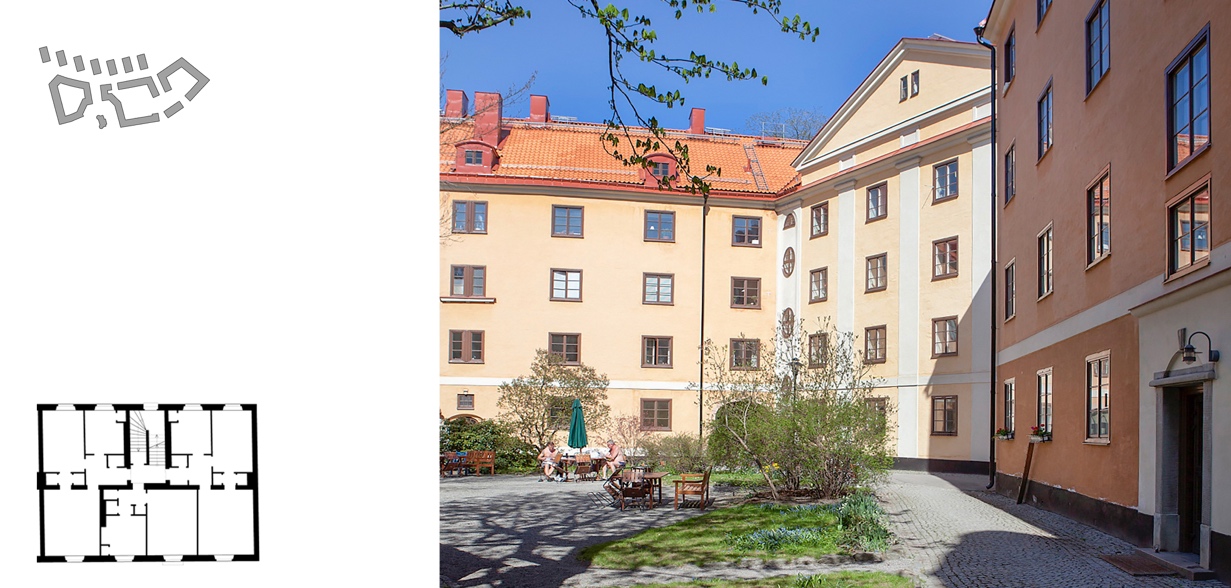Swedish Grace: a mere interlude or a facet of modernity? Early housing experiments in Stockholm
Chiara Monterumisi

Image credits: @ Drawings and photos by Monterumisi
Abstract
Although from the 1930s on Sweden led and inspired the rest of war-ravaged Europe in town planning and housing, its 1920s contributions tend to be overlooked, and the so-called Swedish Grace, with its classical echoes, appeared alien to avant-gardism. But mass housing was not just a product of functionalism (generally identified with the 1930 Stockholm exhibition). Even before then, Swedish municipalities and housing cooperatives had made great strides in shaping large areas and improving communal areas in courtyard housing blocks, later paving the way for successful models. In contrast to all the image of rupture circulating at the time, Swedish modern architecture followed a peaceful transition. As of the 1980s, the mainstream critics changed their tune: from being seen as an interlude between National Romanticism and Functionalism (Funkis), Swedish Grace became to be viewed as a facet of modernity.
Monterumisi, C. “Swedish Grace: a mere interlude or a facet of modernity? Early housing experiments in Stockholm.” In Die Multiple Moderne / The Multiple Modernity, edited by K. Tragbar, 160-177. Berlin, Boston: Deutscher Kunstverlag, 2021. https://www.degruyter.com/document/isbn/9783422986091/html


